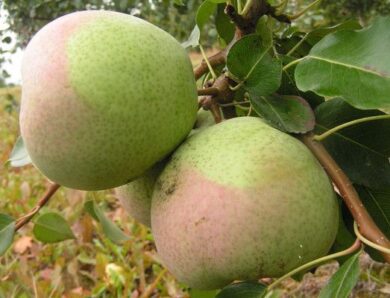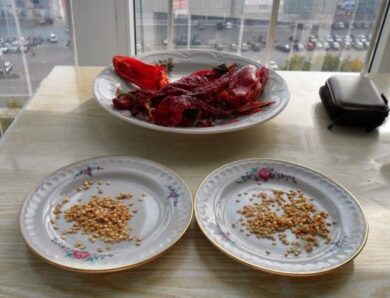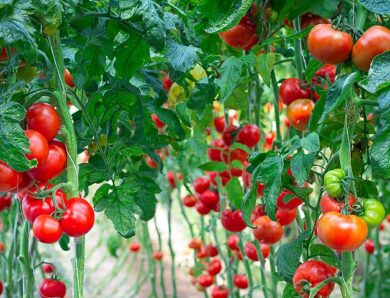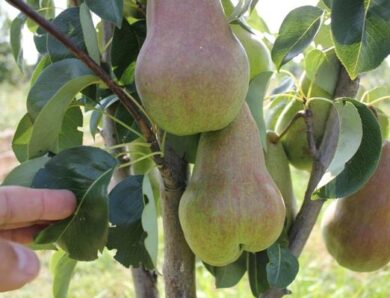How to propagate currants by cuttings, layering and other effective ways, care after division
Though, that planting material of black currant is inexpensive, even these financial costs can be avoided. Reproduction of black currant, it turns out, it's quite simple: cuttings of shrubs are well rooted, develop quickly and bear fruit effectively.
Effective methods of reproduction
Each gardener can choose the right way to propagate currants: it is possible to breed culture, using layers, green or woody cuttings. Each of these methods is, essentially, vegetative propagation of currants, and also allows you to get quality seedlings relatively quickly and effortlessly.
Before you start breeding bushes, you need to carefully study the mother plant: it must be exceptionally healthy, active-fruiting and varietal. If the bush has signs of any disease, it should not be chosen: most infections are transmitted to a young plant. Identify, whether the bush is healthy, it is possible on an eye: the sick bush leaves and flowers will be irregularly shaped or covered with plaque, and maybe so, that the buds on the plant are strongly swollen - this is a clear sign of kidney mite damage. so, how to propagate currants, so that the result does not take long?
Green cuttings
The main advantage of this method is that, that their harvesting will not in any way affect the total number of branches of the mother bush: after all, only the tops of the shoots are cut off. And then, the development of young bushes is not directly dependent on steady weather conditions - there is no fundamental difference, whether autumn is warm or damp, and winters frosty or snowy.
You can start pruning green cuttings from the bush in late spring or early summer. By this time the shoots have grown enough, to pruning 10 or 12-centimeter cuttings passed painlessly to the mother plant. Each prepared stem must contain 3 and more kidneys, at the same time pruning should be carried out as close as possible to them. Such seedlings should be planted in the ground at an angle, significantly deepening them into the ground (almost to the tops with leaves).
Place, where planted black currants should be well watered, cover with a layer of mulch and weed regularly, removing weeds. Across 14 days, seedlings will form the first root shoots, and through 7 days - quite firmly rooted. By the time of autumn, each stem will turn into a small compact bush, height about 30 cm, and in early September they can be transferred to a permanent place.
Woody cuttings
In this way, black currants are propagated in the spring: such cuttings should be cut at that time, when the buds on the bushes just began to swell. Shoots are pruned near the soil surface, so, so that no noticeable stumps remain. Now we choose some of the most mature (even the old ones) escape, and cut them into cuttings, each about the length 15 cm. The upper cut should be made slightly above the kidney, and lower, in accordance, lower. Try to do circumcision, holding the secateurs at an angle - this will make it easier to plant cuttings.
Considering, that at the time of cutting to plant future shrubs too early, they need to be stored properly until the right moment. Prepared and cut woody cuttings are tied with small shoots, and stored vertically in the snow. The place of storage of cuttings should be covered with a protective layer of straw or sawdust. If spring seemed early, and the snow did not have time to come down, you can store planting material in a regular refrigerator, wrapping bundles of cuttings with film.
As soon as the ground thaws to a depth of at least 20 cm, you can start landing. Planting and caring for woody cuttings is not difficult: they can simply be driven into the ground at a slight incline, keeping the distance close 15 see each other. Deepen seedlings to about the level of the 2nd bud. For the coming season, each such stem is quite capable of developing into a full-fledged seedling, which from the fall you can transplant to a permanent bed.
In that case, if you want to get two-year seedlings of currant bushes from previously planted cuttings, you should prune the shoots next spring so, that on each of them remained only 1-2 kidneys. Full-fledged bushes will be formed from such pruned seedlings by autumn, which will be ready for transplantation, and pruned shoots can be used for further propagation.
Cuttings
Reproduction of currants by branches is possible only in that case, if you use annual shoots, have not yet begun to branch. Dilute the culture in this way is very simple - you just need to dig a suitable escape.
It is best to do this in early spring, during the swelling of the kidneys. Pre-loosen the soil thoroughly, make organic fertilizers (the latter help retain moisture in the soil, which is important for the active development of roots). The ground is slightly compacted, form a thin groove, in which they escape, not forgetting to fasten it with a metal bracket. Importantly, so that the whip fits snugly to the ground, otherwise normal root development will be impossible. The fixed branch is sprinkled with a small layer of soil (not more 2 cm) So, so that the top remains above the ground.
As soon as the buds on the ingrained escape will finally bloom, each of them will give young shoots. It is easy to take care of the taps: be sure to cover them with moist soil, to create favorable conditions for the development of adventitious root processes. This procedure can be performed several times a season, not forgetting to water the plants from time to time.
In early autumn, the rooted layer is released from the loose soil, and separate young plants from the mother branch. As a result, each rooted branch will form a full-fledged seedling with a completely independent root system. At the same time plants, which sprouted closest to the mother bush, will be the most powerful - they can be planted in a permanent bed, while the rest need to be raised.
Caring for the bush after division
Using this method, as breeding black currants by cuttings, in a year you will receive full-fledged bushes with the developed root system. But these are still not quite adult plants, therefore, they need more careful care:
- do not forget to carry out annual spring pruning, leaving no more on each shoot 4 kidney;
- remove any flowers or ovaries, to give the plant the opportunity to grow side shoots;
- carry out regular loosening of the soil, but do not try too hard - the roots are very close to the surface;
- if the weather is dry, water the young bushes at the rate of 15 liters of water per plant;
- spend feeding seedlings approximately 1 times in 30 days, dissolving chicken manure in water.
The plant will give the maximum number of fruits by the sixth year, and then the yield will gradually decrease. With this method of breeding, the average productive life of shrubs is about 10 years, then the plants need rejuvenation.
Follow our recommendations, and your favorite crop is sure to delight you with a rich harvest of fragrant, delicious and healthy berries.
Video "Cutting and propagation of currants"
In this video you will learn how to properly prune and grow currants.




